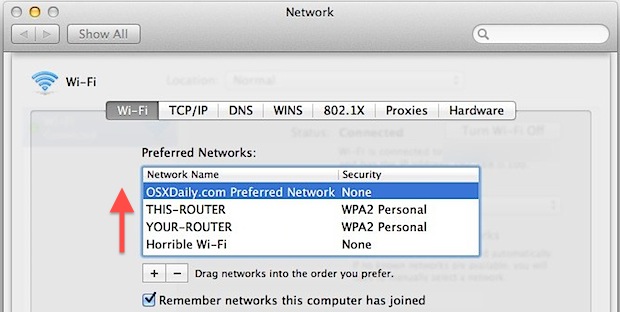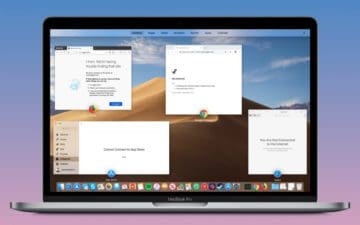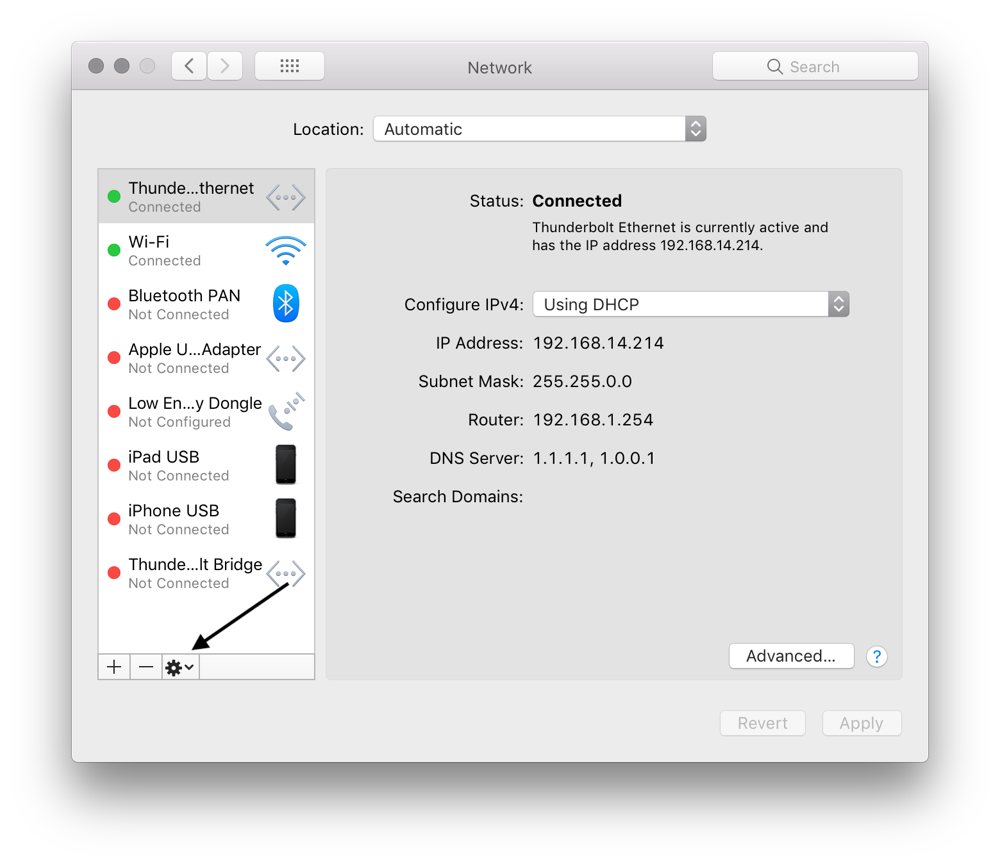
Normally, wireless networks are using the 2.4GHz frequency band, therefore, if you are in the area with multiple Wi-Fi networks nearby (like apartment blocks), you might want to check for their frequencies, as there is a high chance that at least one of them is using the frequency of your wireless connection. The main aspect you should take into consideration when checking for interferences is the frequency of other radio waves. Watch out for interferencesĪs you might already know, the wireless signal is, basically, a radio wave, which can easily interfere with other radio waves, making your Wi-Fi connection weaker and less reliable. In addition, as a general rule, keep in mind that metal objects can block a wireless signal, therefore, keeping your router against a metal wall or a metal cabinet is not a very good idea. If your router is placed on the floor, you might want to keep it on a desk or on any other elevated position for a better signal.


Once you have done that (and authorized), select the "Utilities" option under the Window menu.Ī pop-up window will appear.

In order to access it, you need to click on the AirPort icon in the menu bar and select the "Wireless Diagnostic" option from the menu.
WHAT MANAGES WIRELESS NETWORK CONNECTIONS ON MAC OS MAC OS X
Luckily, Mac OS X comes with a handy feature that can help you with that. The following feature is only available on OS X Mountain Lion v10.8.4 and later.īefore you start making any changes to your wireless network, you might want to find a way to monitor its performance in real-time.


 0 kommentar(er)
0 kommentar(er)
